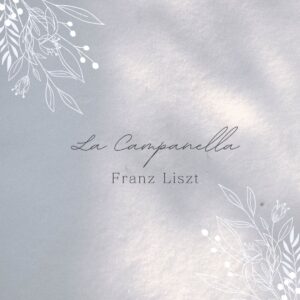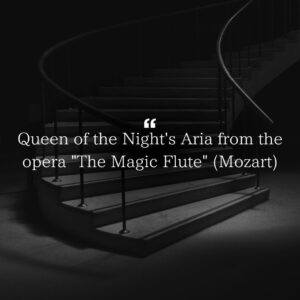モーツァルトの「交響曲第25番 ト短調 K. 183」は、彼の初期の交響曲の中でも特に劇的で情熱的な作品として知られています。「小ト短調交響曲」とも呼ばれ、後の「交響曲第40番」(同じくト短調)と並んで、彼の短調作品の傑作とされています。
「交響曲第25番」は、モーツァルトが17歳の時に作曲した作品で、彼がザルツブルクの大司教宮廷で音楽家として働いていた時期に生まれました。この年、モーツァルトは父親レオポルトとともにイタリア旅行から帰還し、数多くのオペラや室内楽を経験した後、交響曲の創作に意欲を燃やしていました。1773年は彼にとって多作な年で、この交響曲以外にも「弦楽四重奏曲 K. 168-173」や「ピアノ協奏曲第5番 K. 175」などが作曲されています。この時期、モーツァルトは「シュトゥルム・ウント・ドラング」(Sturm und Drang、嵐と衝動)という芸術運動の影響を受けていました。この運動は、理性よりも感情や情熱を重視し、劇的で激しい表現を特徴とします。「交響曲第25番」のト短調という選択や、激しいリズム、感情的な旋律は、この影響を強く反映しています。ト短調は当時、「悲しみ」や「激情」を象徴する調とされ、モーツァルトの全41曲の交響曲の中で短調は第25番と第40番の2曲のみです。
モーツァルトの「交響曲第25番 ト短調 K. 183」は、17歳の若き天才が「シュトゥルム・ウント・ドラング」の影響下で生み出した情熱的な傑作です。ト短調の劇的性格、ホルン4本による豊かな響き、そして各楽章の鮮やかな対比が魅力で、彼の後期大作を予感させる重要な作品です。
Mozart’s Symphony No. 25 in G minor, K. 183, is known as one of the most dramatic and passionate works among his early symphonies. It is also called the “Petite Symphony in G minor” and is considered one of his masterpieces in minor keys, along with his later Symphony No. 40 (also in G minor).
Symphony No. 25 was composed when Mozart was 17 years old, while he was working as a musician at the Archbishop’s Court in Salzburg. That year, Mozart returned from a trip to Italy with his father Leopold, and after experiencing many operas and chamber music, he was eager to compose a symphony. 1773 was a prolific year for him, and in addition to this symphony, he composed String Quartet K. 168-173 and Piano Concerto No. 5 K. 175. During this period, Mozart was influenced by the artistic movement Sturm und Drang (Storm and Impulse). This movement emphasized emotion and passion over reason, and was characterized by dramatic and intense expression. The choice of G minor, the intense rhythms, and the emotional melodies of Symphony No. 25 strongly reflect this influence. At the time, G minor was considered to be a key symbolizing “sadness” and “passion,” and of Mozart’s 41 symphonies, only two (No. 25 and No. 40) were in a minor key.
Mozart’s “Symphony No. 25 in G minor, K. 183” is a passionate masterpiece created by a 17-year-old genius under the influence of “Sturm und Drang.” The dramatic character of the G minor key, the rich sound of the four horns, and the vivid contrasts between each movement are attractive, making this an important work that foreshadows his later masterpieces.








